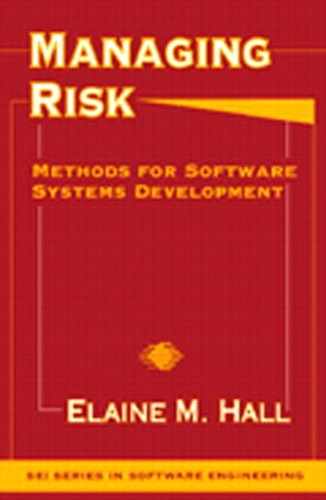PART V
People in Crisis and Control
The objective is not to be excellent, because “to be” implies a stasis and there is no place to stand anymore; the only excellent firms are those that are rapidly evolving.
—Tom Peters
Part V provides five software project case studies about risk management experiences. The projects range from small to large, and from commercial to government system development. Each chapter provides consecutive levels of personal development in managing risk, from novice to expert. In each chapter I describe an overview of the project and the risk management practices, and then I summarize the results.
Chapter 19, “Stage 1: Problem,” describes what happens when risk identification is not seen as positive and people are too busy solving existing problems to think about risks that may occur in the future. Read Chapter 19 to understand why some people see only problems at work. I wrote this chapter from a process consultant’s perspective.
Chapter 20, “Stage 2: Mitigation,” details results when risk concepts are introduced. Read Chapter 20 to understand the shift from crisis management to risk management. I wrote this chapter from a project manager’s perspective.
Chapter 21, “Stage 3: Prevention,” discusses what occurs when managers understand that risk management is a dynamic process that cannot be performed in isolation. Read Chapter 21 to understand the shift from risk management viewed as a manager’s activity to a project team activity. I wrote this chapter from a system engineer’s perspective.
Chapter 22, “Stage 4: Anticipation,” describes when the project team and customer use risk management to quantify risks with reasonable accuracy to focus on the right priorities. Read Chapter 22 to understand the shift from subjective to quantitative risk management through the use of measures to anticipate predictable risks. I wrote this chapter from a measurement analyst’s perspective.
Chapter 23, “Stage 5: Opportunity,” details results when people expect to do better than planned. Read Chapter 23 to understand the power of risk management when it is everyone’s responsibility to manage risk. I wrote this chapter from a software engineer’s perspective.
With the knowledge of how to develop a risk management philosophy provided in Part V, you will be ready to manage opportunities, risks, and problems in your life.
